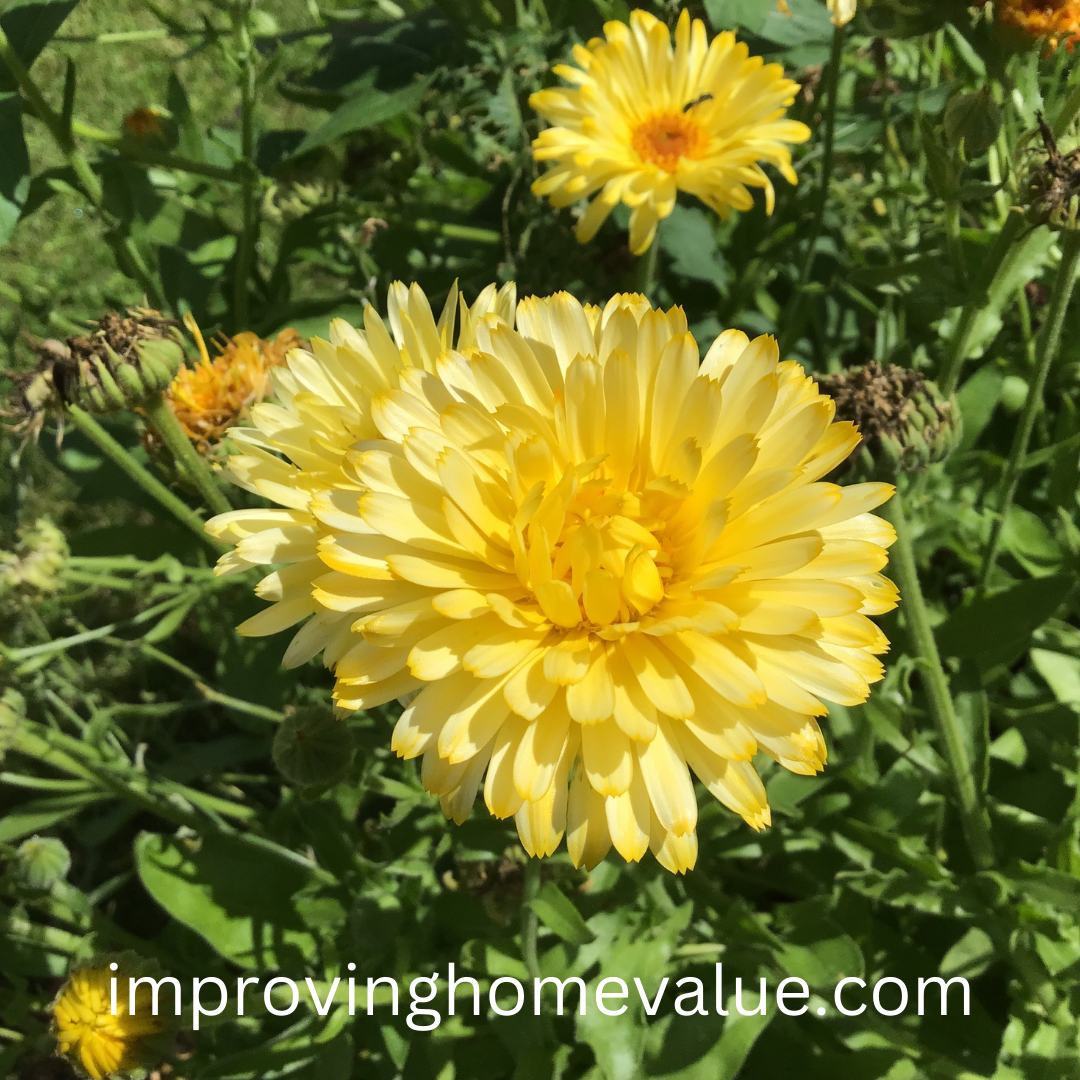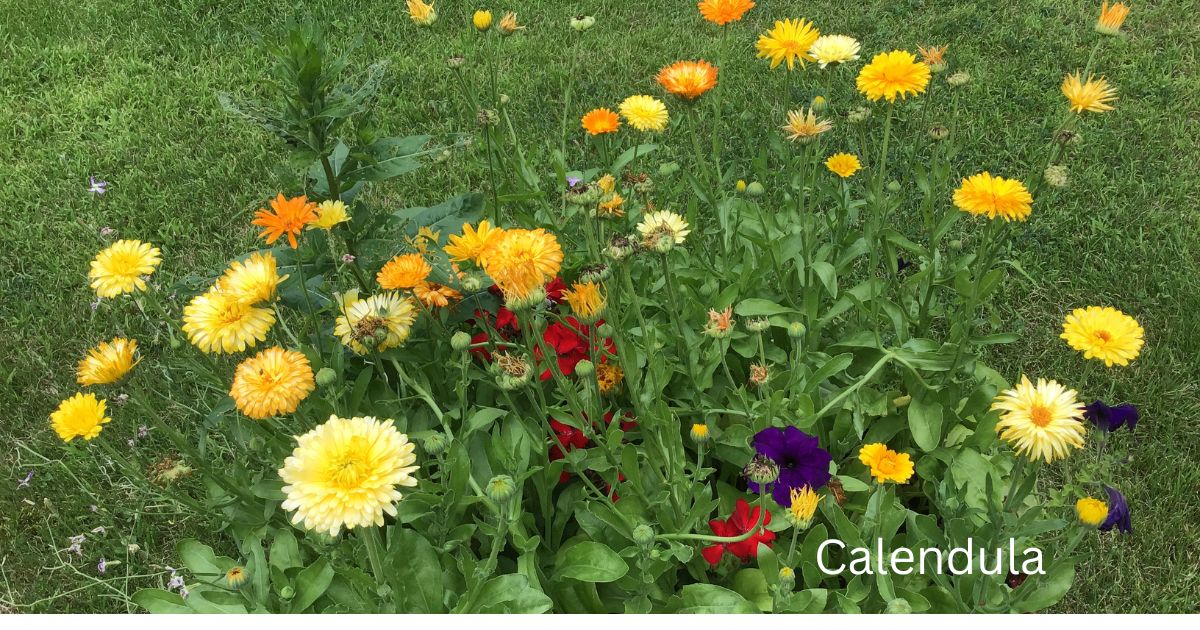Calendula’s vibrant blooms can really bring a garden to life, but timing is everything for getting those flowers just right. Ideally, plant calendula in early spring when the soil can be worked. If you’re in a warmer climate, late winter planting works too. These guys love mild temperatures, so avoid the height of summer as it can stress them out.
When it comes to soil, calendulas aren’t too fussy, but they thrive in well-drained soil. A slightly acidic to neutral pH is just the ticket. You don’t want them sitting in waterlogged patches, though. Think about adding some compost to improve the structure and drainage of your soil.
Sunlight is like its best friend, so plant calendula where they get a good blast of morning sun, ideally. They can handle a bit of shade, but less light might mean fewer blooms. As for water, keep it consistent—regular watering keeps them happy, but let the topsoil dry out between drinks to avoid any soggy roots.
Picking the best spot for your calendula involves finding somewhere it’s got room to breathe. Plant them in garden beds or even in containers—just ensure they get enough sunlight and aren’t cramped. A little space goes a long way in encouraging more flowers and healthier plants overall.
Growing Healthy Calendulas: From Care to Bloom Enhancement
Keeping calendulas in top shape is all about the right care. Deadheading is a simple but crucial task. By removing faded or dead flowers, you encourage your plant to produce more blooms. Think of it as giving your calendula a reason to keep showing off.
The key here is to pinch back the flower just above the nearest set of healthy leaves. You don’t want to damage the stem too much, just enough to get rid of the old bloom. This little bit of maintenance will have your calendula fresh and ready to pop with new color throughout the season.
Speaking of color, have you checked out the range of varieties on offer? Calendulas come in shades from sunny yellows to deep oranges, each offering a unique flair. Whether you want a burst of color or something more subtle, there’s a calendula variety ready to brighten up your garden or balcony.
On the downside, watch out for aphids and slugs which can be a nuisance. Pests, like these critters, can leave your plants looking less than their best. Natural solutions like neem oil or introducing beneficial insects can keep these pests at bay. Also, keeping a tidy garden helps avert disease, ensuring your calendulas are always in prime condition.

The Multipurpose Use of Calendula Beyond Aesthetics
Calendula isn’t just a pretty face in the garden—it’s got a whole host of uses that make it a superstar in home remedies too. Often used in skin treatments, calendula can help soothe minor irritations thanks to its anti-inflammatory properties.
Utilizing calendula’s properties is straightforward. Dried petals can make a gentle tea that’s said to aid digestion, or you can infuse them in an oil to create a balm for the skin. This little plant is quite the multitasker, offering natural relief for some of life’s simple ailments.
For those into making their skincare products, calendula creams and ointments are a fun DIY project. Plus, it’s pretty cool to say you whipped up a batch yourself, right? These remedies can be used to moisturize dry skin and might help with minor cuts or bruises.
Exploring calendula further reveals its historical uses in traditional medicine as a support for wound healing and soothing sore throats. While you can’t swap it for serious medical treatments, it’s great as a light herbal alternative for everyday bumps and scrapes.
Remember, though, everyone reacts differently to herbal remedies. Trying calendula on a small patch of skin first, as with any herbal treatment, is wise.
